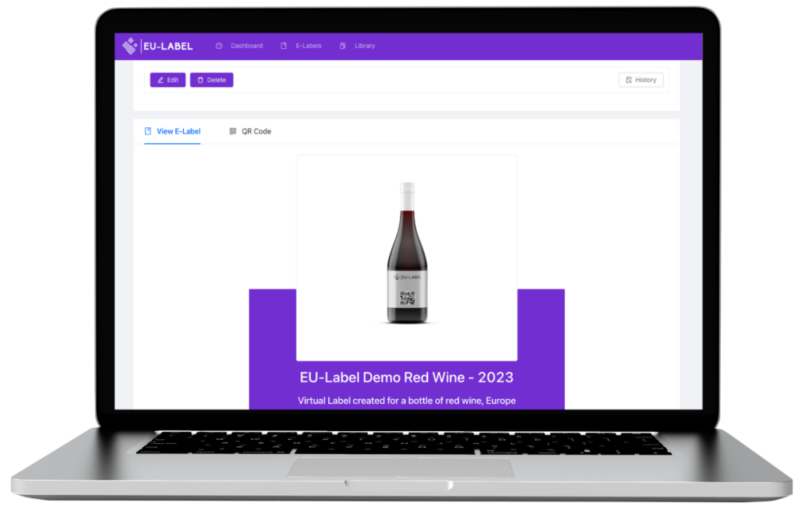
Quick Navigation
Customer Support
EU-Label is a platform designed to provide transparent product information through QR codes, allowing brands to share detailed insights about their products, from nutritional data to sustainability practices, all in compliance with EU regulations.
Once a brand inputs product information into our platform, a unique QR code is generated. Consumers can then scan this code using any QR code reader to access a detailed product page with all the information provided by the brand.
Pricing – EU-Label offers various pricing plans tailored to the needs of different brands. Please visit our Pricing page for detailed information.
We have a dedicated support team ready to assist you. You can reach out to us through our Contact page, or you can write directly in our support chat.
At EU-Label, we understand the diverse linguistic landscape of the European Union and the importance of making product information accessible to everyone, regardless of their language.
Here’s how the automatic translation process works:
- Detection: When a user accesses a product page, user will see the page in the language that e-label was created, but also user have the choice to change language. If no language is provided for e-label our system will detect their preferred language based on their browser settings.
- Translation: Information that is chosen from a list, dropdown or selector is automatically translated, but any custom text you enter, needs to be translated by you
No, users are not tracked when viewing an e-label on the EU-Label platform. We check for geographical position in order to ensure them the best possible experience and direct them to the appropriate linguistic version of the e-label. Also we count how many times an e-label was opened without tracking any user data.
EU Regulations
2021/2117 – Outlines the use of electronic labels to deliver nutritional and ingredient information. Will be updated in the next months
1169/2011 and Guidance document for 1169/2011 – Set the tolerances for nutritional values
2019/33 – Ingredients names and terms are contained here
(EU) delegated regulation A draft of the legislation in progress
2021/2117 – Clarification on the use of electronic labels
-
Identify the specific product with name, image, and other differentiating factors such as vintage. Note: a few legal advisors are saying that is is not important and multiple wines can be linked to just a nutritional table and ingredient list. This is not clearly specified in the legislation either way. In 2027, there is a plan to replace the bar code with a QR code, which would require one QR code per one wine and vintage.
-
List the ingredients
-
Declare the nutrition information
-
Continue to publish all previously required information on the back label including the energy, produced or imported by and allergens
-
The logo of the company and an external link can be included on the e-label.
-
Other EU mandatory and optional particulars including packaging information and recyclability can be included.
-
This includes information on responsible consumption, sustainability, packaging and recycling.
-
Users should not have to download any apps that are not normally pre-installed. QR scanning is already preinstalled in the camera of all new smartphones today.
-
The QR code should directly open the e-label without further action by the user.
-
The E-label can not contain any type of sales or marketing information. The EU regulation states that the sole purpose is to provide nutrition and ingredient information. It should not promote or encourage consumption. However, the logo of the company and an external link can be included on the E-label.
-
You are not allowed to track consumers, The only exception is to track the location of the user. This helps deliver the correct language to users.
-
Attach a PDF on the e-label page that needs to be downloaded.
The CMO Regulation applies to alcoholic products sold in the European Union that are produced and labeled after December 8th 2023. This includes products imported to the EU.
Retailers and customs officials might also be gatekeepers and demand that any products delivered after December 8th comply with the regulation.
The legislation is planned to come into effect for products produced after the 8th of December 2023.
Technical
We continuously strive to improve EU-Label. Updates are rolled out regularly, ensuring that our platform remains aligned with the latest industry standards and technological advancements.
Copyright © 2023
Owned by Semicolon